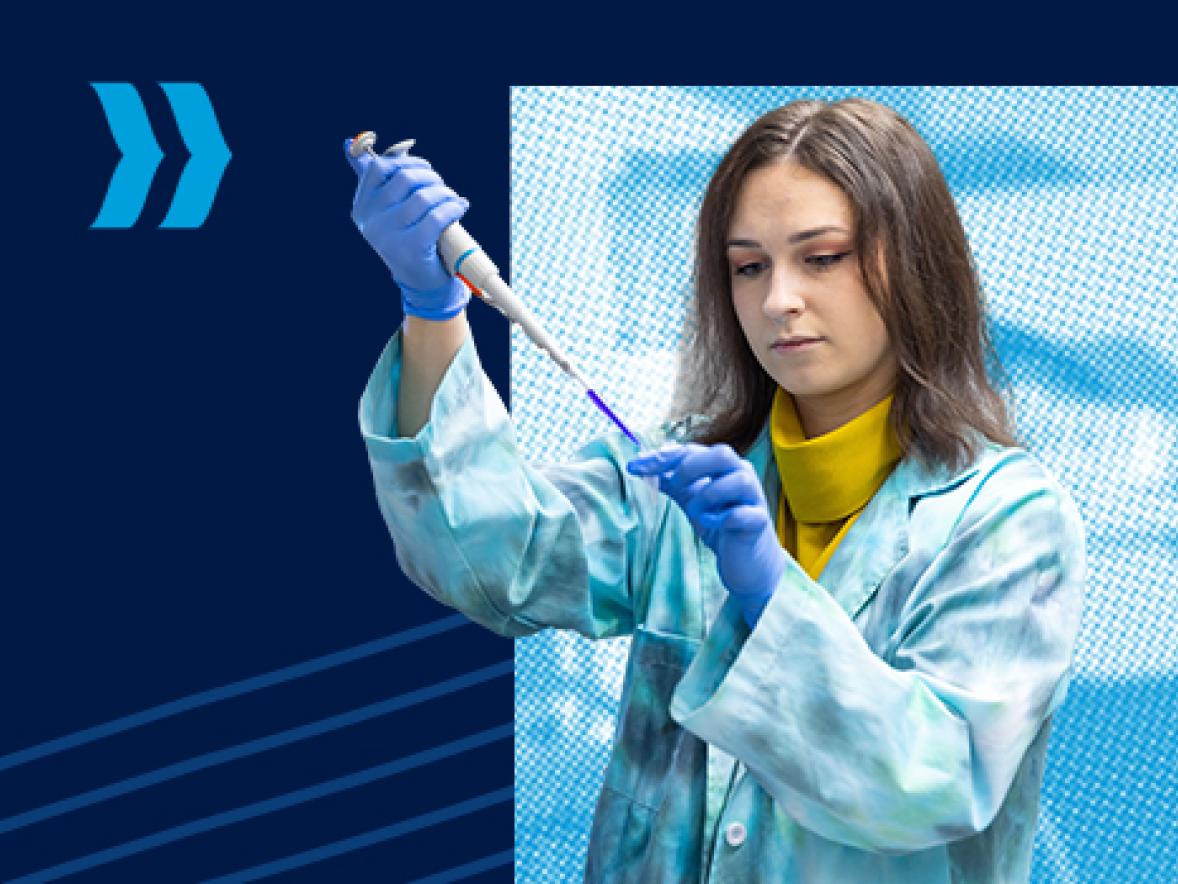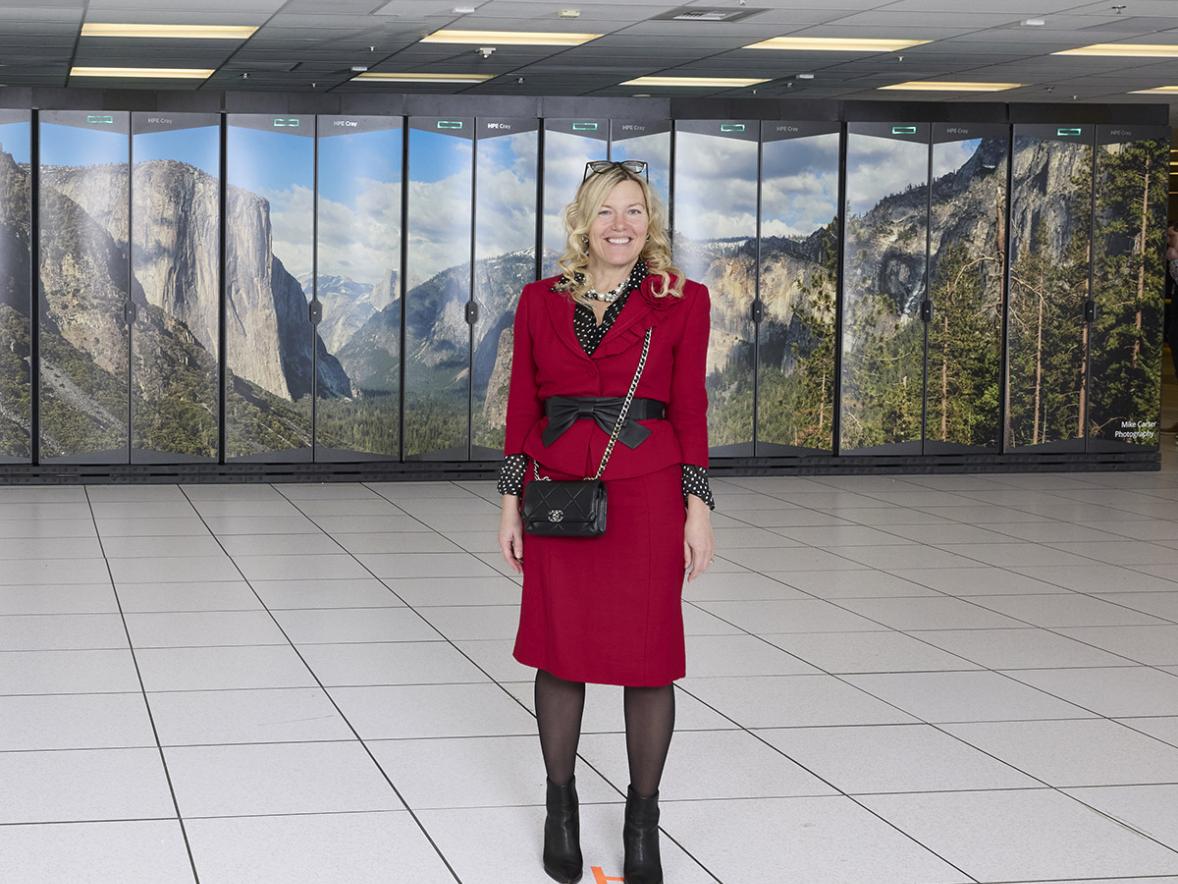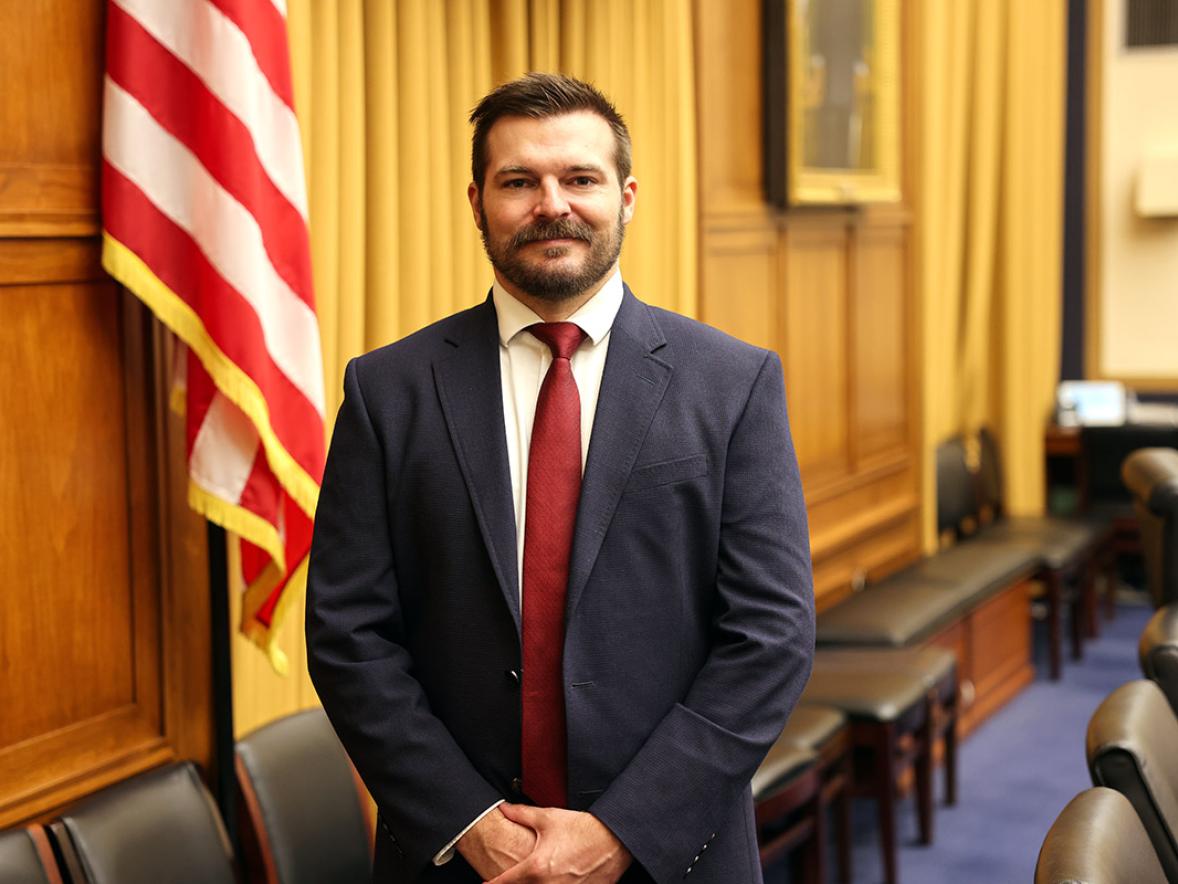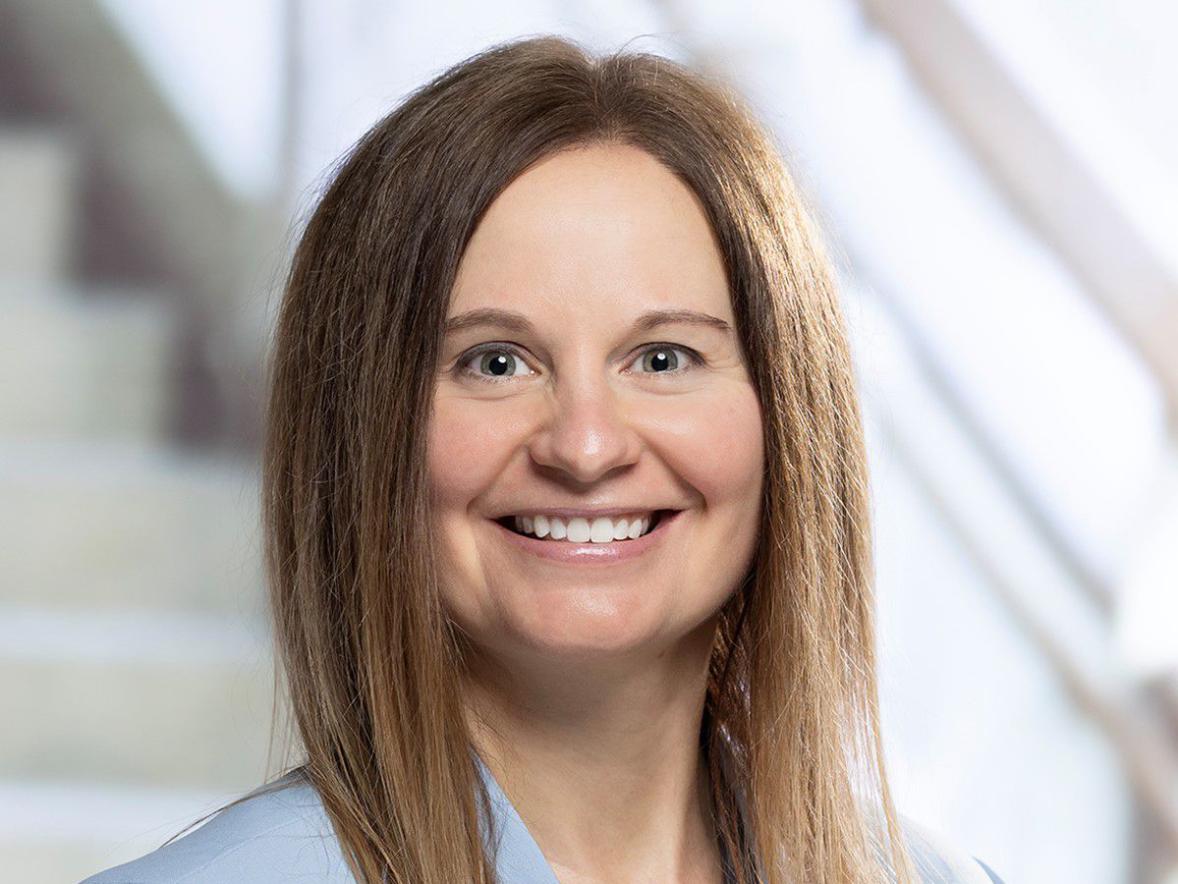Thanks to the legendary Seymour Cray and his eponymous company, supercomputing has deep roots in the Upper Midwest.
UW-Stout alum Gina Norling is ensuring those roots continue to flourish as she manages teams that are engineering the fastest supercomputers on Earth.
As senior engineering program manager for Hewlett Packard Enterprise, Norling oversaw the complex work streams of more than a dozen engineering teams responsible for El Capitan – which was reaffirmed as the world’s faster computer on Nov. 17 – and its record-breaking predecessor, Frontier. Both computers operate at exascale, meaning they can perform more than a quintillion – that’s a 1 followed by 18 zeros – quadratic equations calculated per second.
Now, Norling heads the High Performance Computing AI Center of Excellence for Advanced Micro Devices, better known as AMD, the firm that made the processors that power both El Capitan and Frontier. In this role, she’s overseeing teams of computational physicists who are helping scientists from around the world make better use of supercomputers for artificial intelligence.
“It is a dynamic space right now,” she said of AI. “I feel like every day it’s been changing. It’s exciting, but it’s also mind-spinning for me as well.”
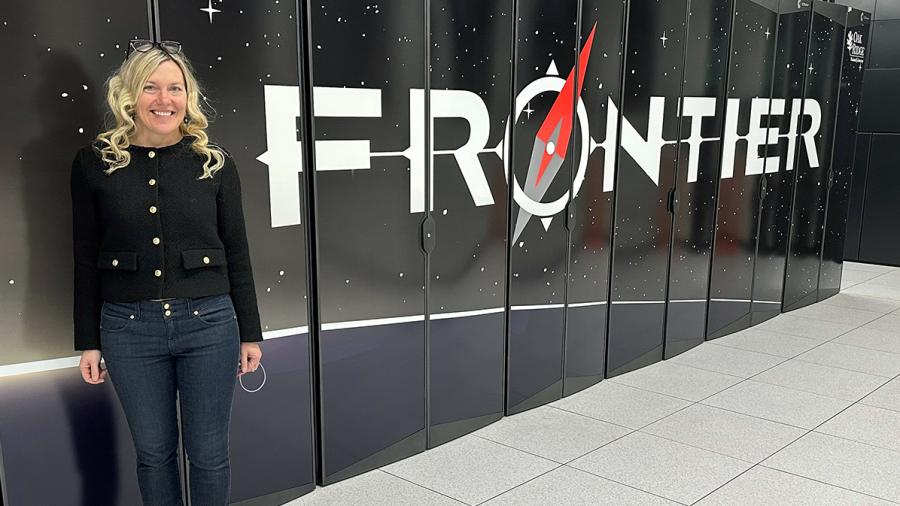
At UW-Stout, Norling delved into mathematics and computer science while pursuing her applied mathematics degree. As a first-generation college student, Norling said the university made her feel at home, and the faculty exposed her to higher math, programming and logic.
Two internships – one at a biomedical company, the other at a defense contractor – further stoked her curiosity. “You’re still quite theoretical in college, but having those internships and a senior project was really helpful in driving home how varied these applications for math and computing are in real life,” she said.
After graduating from UW-Stout in 2000, Norling spent a decade working as a software engineer at Lockheed Martin in the Twin Cities before joining Cray Inc. It was at Cray – now a subsidiary of Hewlett Packard Enterprise – that she was “tapped on the shoulder” in 2018 and asked to become part of the CORAL-2 program, which was aimed at creating the first exascale computers.
“CORAL-2” stands for Collaboration of Oak Ridge, Argonne and Lawrence Livermore – three of the national laboratories operated by the U.S. Department of Energy. Working with such national laboratories – whose history goes back to such scientific luminaries as Einstein and Oppenheimer – is a humbling experience, Norling said.
Frontier, which went online in May 2022, can be found at Oak Ridge National Laboratory in Tennessee, while El Capitan, which was first declared the world’s fastest supercomputer in November 2024, is housed at Lawrence Livermore National Laboratory in California. While these supercomputers were being built, Norling managed 14 project work streams while also managing the customers’ expectations.
“We had so many engineering milestones that we needed to make sure that we hit, and that was my core responsibility,” she said.
El Capitan is used primarily for classified simulations related to the U.S. nuclear program, while Frontier’s computational power is available for scientists in fields ranging from disease research to climate and weather science.
“As the computational speed of these computers gets larger, what we’re seeing is more refinement in our weather forecasting,” Norling said. “The number of parameters used in these calculations is absolutely humbling.”

In her new job at AMD, Norling leads a team of scientists who are working with national laboratories in Germany, France, Japan and elsewhere to develop their own supercomputing capabilities.
“The U.S. has had the leadership in exascale (computing),” she said. “Now everybody else wants to have their own computational power.”
Throughout her 25-year career, Norling has had the opportunity to hone the leadership skills she first developed at UW-Stout.
“My leadership philosophy is always about empowering others and being the connector for others,” Norling said. “The way I do that is walking through what experiences folks want to have in their career and then finding assignments or potentials for them to have those experiences.”
Norling can trace her leadership approach back to her days at UW-Stout, where in addition to excelling in classwork and internships she served as captain of the dance team.
“When you get people involved, we all win,” she said. “That principle holds whether you’re dancing at UW-Stout or whether you’re building exascale supercomputers for national laboratories around the world.”
